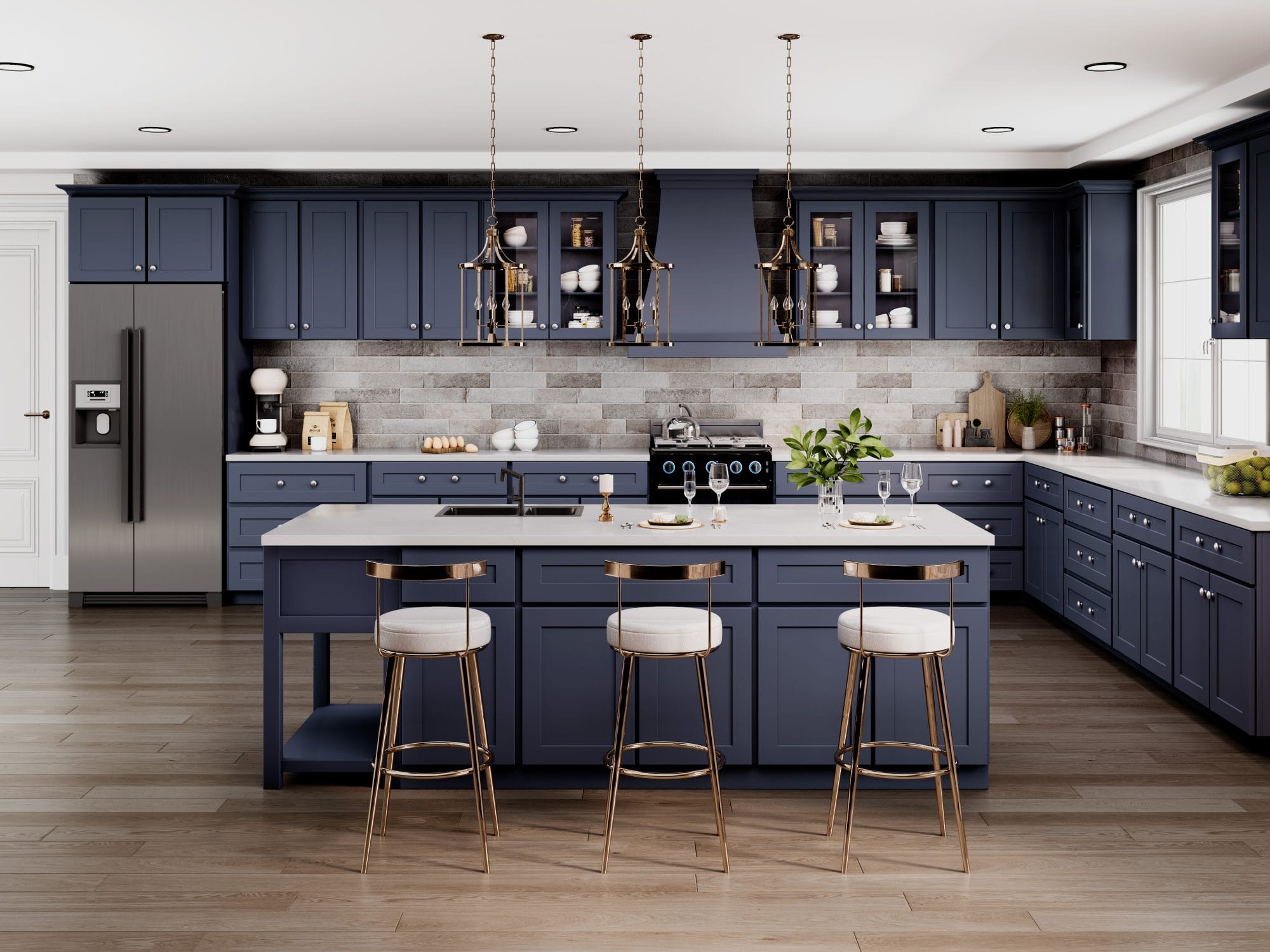Why RTA Cabinets Are the Smart, Practical Choice for U.S. Kitchens
Renovating a kitchen can be expensive. Labor, lead times, and shipping all add up. Ready-to-assemble cabinets — commonly called RTA — offer a clear alternative. They lower cost. They reduce disruption. They fit modern lifestyles. Below is a concise, fact-based guide that explains why many American households choose rta cabinets for their kitchen projects.
Real cost savings, not just discounts
RTA cabinets cut cost through process, not by skimping on basics.
-
Factory production uses standardized parts. That lowers per-unit labor cost.
-
Flat-pack shipping reduces freight volume. That lowers transport fees.
-
Less on-site cutting and fitting means smaller contractor bills.
If you install them yourself, savings are even larger. If you hire pros, total project cost still tends to be lower than fully custom cabinetry. The result: great looks for a much smaller investment.

Practical for everyday American life
RTA fits common U.S. living needs. Short lead times and modular units matter.
-
Fast shipping keeps kitchen downtime short. That’s valuable for families.
-
Compact packaging is easy to store in a garage or driveway.
-
Standard sizes make planning simpler. That cuts design time and mistakes.
For renters, landlords, and owners who need quick turnover, RTA equals practical value.
Convenience and installation flexibility
RTA gives options. You can DIY. Or you can hire a contractor. Both routes work.
-
Parts arrive pre-cut and often pre-drilled. Assembly is straightforward.
-
Many RTA lines include clear guides and online tutorials.
-
Modular boxes make future changes simple. Replace one cabinet. Don’t redo the whole run.
This flexibility helps control both upfront cost and long-term maintenance.
Benefits for modern kitchens
RTA cabinets work well with contemporary design and tech. They support efficient layouts and modern features.
-
Open layouts and islands pair easily with modular cabinet systems.
-
Integrated storage solutions — pull-outs, spice racks, soft-close drawers — are common options.
-
Finishes and door styles now match high-end looks: painted MDF, wood veneers, and modern slab doors.
-
RTA is compatible with energy- and space-efficient appliances common in U.S. homes.
In short, you don’t give up modern function or aesthetics when you choose RTA.
Quality matters — choose wisely
Not all RTA is the same. Materials and hardware vary. Look for these basics:
-
Box material: plywood or furniture-grade MDF is preferable to low-grade particleboard.
-
Hardware: soft-close hinges and full-extension slides increase longevity and useability.
-
Finish: request door and finish samples to check color and durability.
A reputable supplier will publish specs and warranties. That transparency reduces risk and delivers long-term value.
Quick buying checklist
-
Confirm box material and construction details.
-
Ask about hinge and slide brands and warranties.
-
Order finish or door samples before final purchase.
-
Check lead times and shipping methods.
-
Read recent customer reviews and installation guides.
Final takeaway
For many U.S. homeowners, RTA cabinets strike the best balance of cost, convenience, and modern performance. They reduce project cost and timeline while offering styles and features that meet today’s design standards. If you want a practical starting point, explore reputable options and product details from rta cabinets.